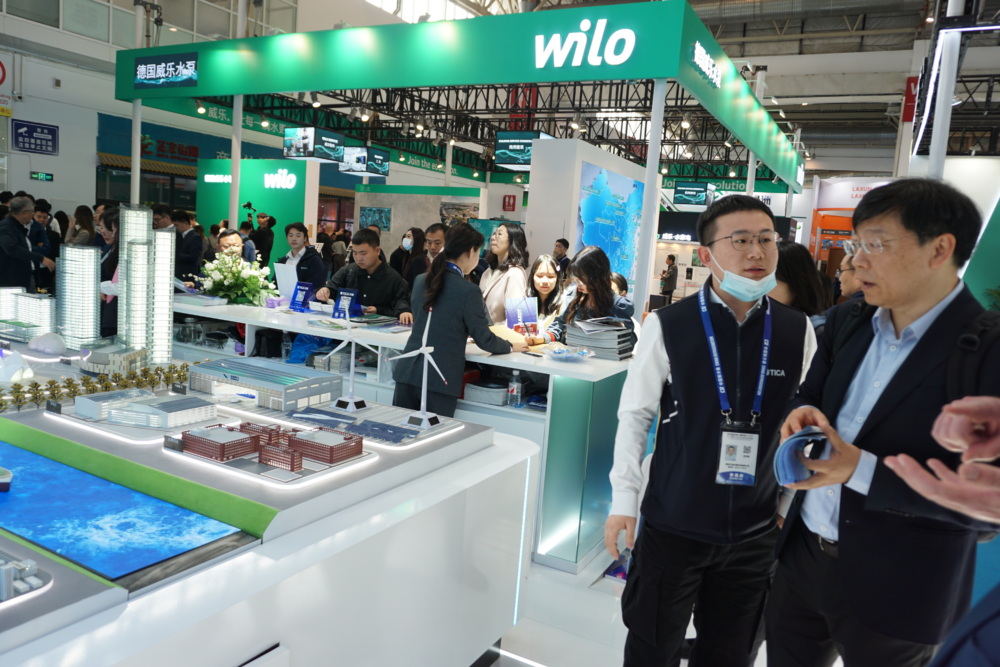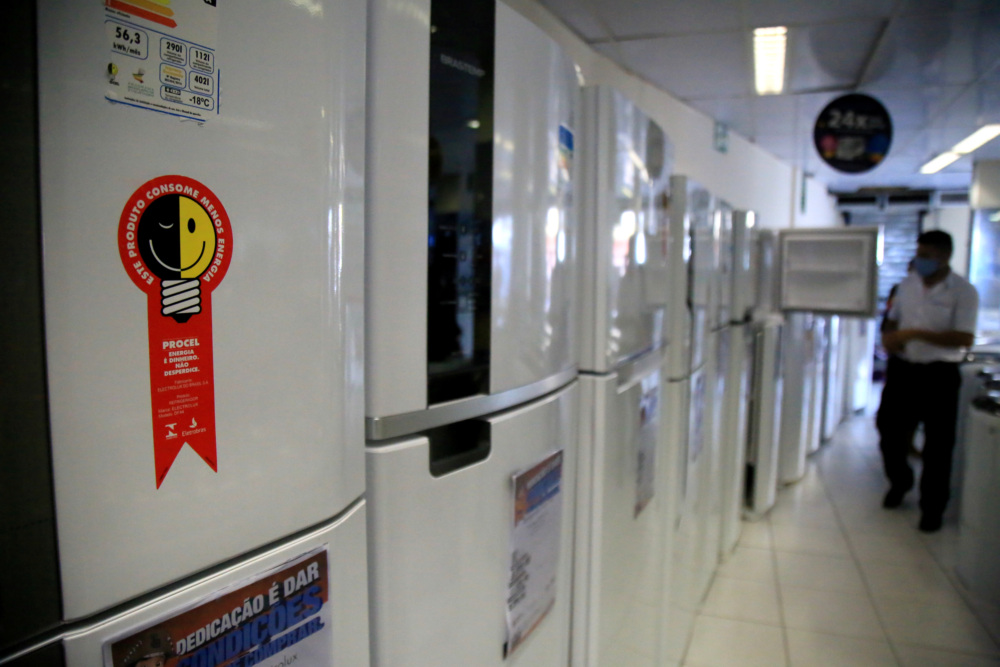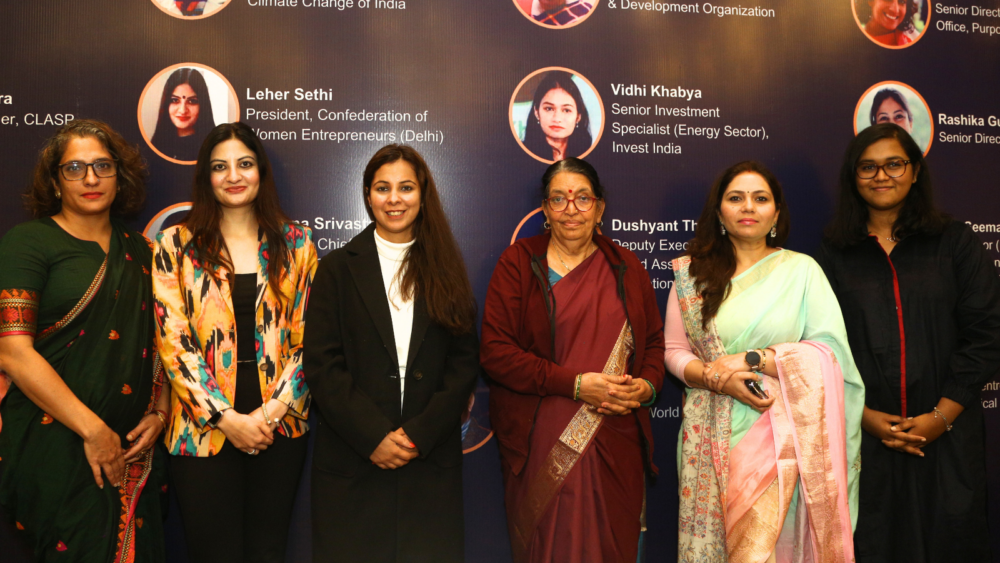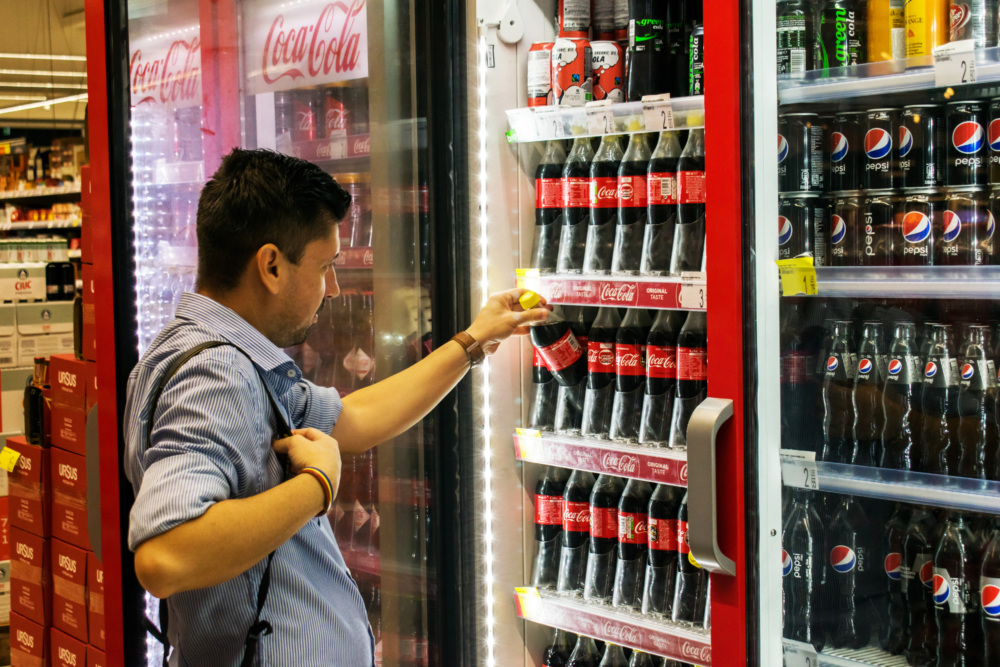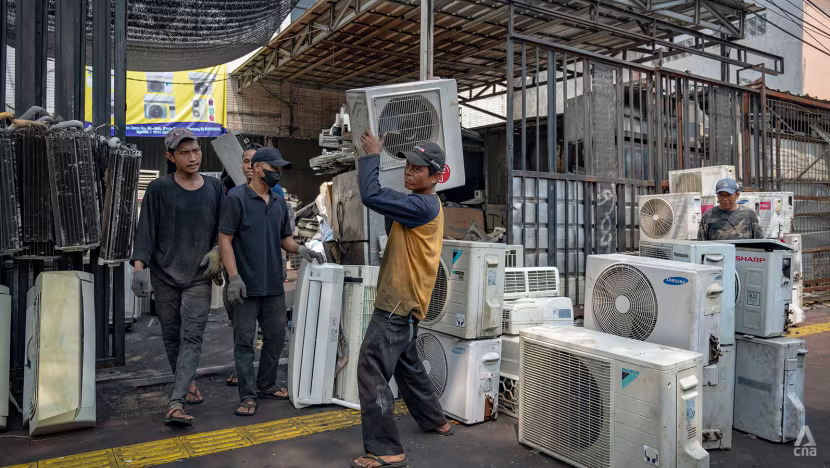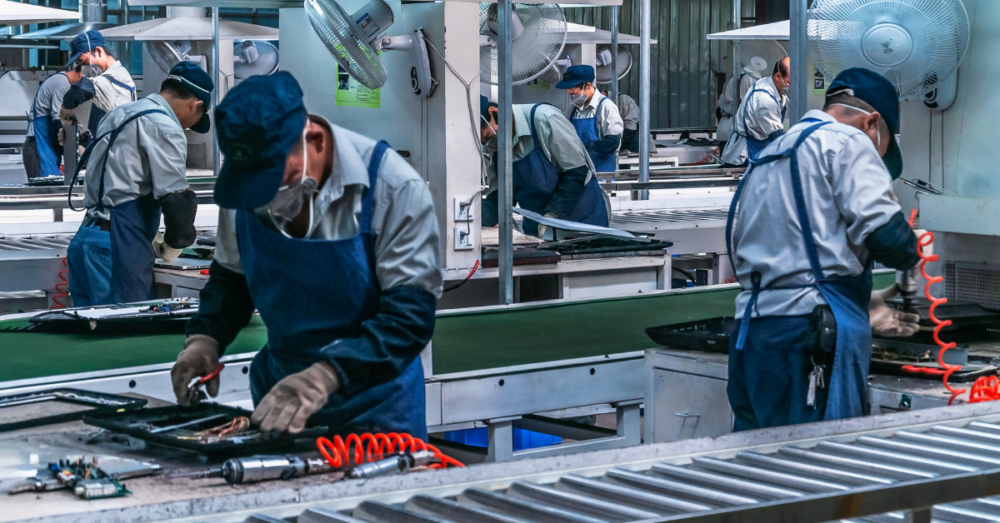CLASP Research Explores Feasibility of a LED Transition in China
New research from CLASP and the Chinese National Institute of Standards shows a dwindling fluorescent market in the country, as LEDs gain popularity among domestic and international consumers.
CLASP partnered with the China National Institute for Standardization (CNIS) to develop a report on the feasibility of a LED transition in China. The report finds that China’s production and consumption of fluorescents is decreasing fast, indicating that with political support the country could accelerate the transition to more energy-efficient LEDs.
A Dwindling Fluorescent Market
Fluorescent lighting products are no longer the focus of China’s lighting industry. The report shows that LEDs have become the most common bulb in China, accounting for 75% of the general lighting market. Leading fluorescent lamp manufacturers have begun producing LED lighting products and are moving away from fluorescent production to focus on accelerating China’s clean lighting transition. In light of this, the manufacturers are diverging from fluorescent production to focus on integrating LEDs into existing fluorescent fixtures.
China’s production of fluorescent lamps remains low and continues to decline – the fluorescent market share dropped by 25% in 2021 alone. The majority of fluorescent bulbs produced in China were exported to international markets, with less than 20% being sold domestically. The report anticipates that fluorescent lamp production lines in China will be shut down in the next 3-5 years.
China’s Influential Role in The Global Lighting Markets
In early 2022, CLASP and CNIS presented the research findings to both domestic and international industry experts for review and comments, as well as insights on the global phase out of fluorescent lighting products. The panel discussed next steps for implementation and plans to mobilize adequate support to implement the Minamata Convention on Mercury’s phase out of compact fluorescent lighting (CFLs) by 2025.
The Ministry of Ecology and Environment recognized that China is committed to the full compliance of the Minamata Convention, however, the country needs time to implement the new lighting regulations agreed at COP4. China will need to improve institutional infrastructure through activities such as a quality inspection system, and improved coordination between waste disposal entities and industry associations to ensure the safe disposal of toxic mercury contents in the fluorescent lamps.
Overall, the report received positive feedback from the participating experts, albeit industry leaders and the China Association of Lighting Industry (CALI) expressed concerns on the costs, impact to the market, and potential transfer of Chinese production lines to other countries.
Next Steps for China’s LED Transition
In light of the comments from experts, CLASP and CNIS may carry out research projects to support further policy development in China. Potential research projects include an international impact analysis of a transition from fluorescents to LEDs in China, a manufacturer impact analysis on current production of compact fluorescent lamps in China, and development of policy mechanisms for compliance of COP4 requirements.

